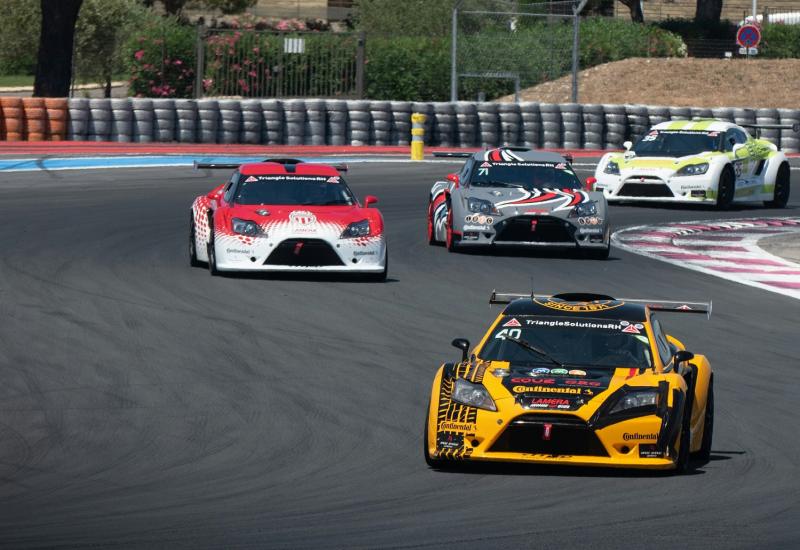
Zai Lab looks towards an accelerated pathway
The company believes that its DLL3-targeting ADC could be fast-tracked despite the presence of Imdelltra.
The company believes that its DLL3-targeting ADC could be fast-tracked despite the presence of Imdelltra.

In the increasingly hot DLL3 space Zai Lab has one of the most promising agents so far with the ADC ZL-1310 – and the company hopes that, if response rates hold up, it will be able to gain accelerated approval in second-line small-cell lung cancer.
That’s despite there already being a marketed anti-DLL3 agent, Amgen’s T-cell engager Imdelltra. However, Zai Lab’s chief operating officer, Josh Smiley, told ApexOnco ahead of the JP Morgan healthcare conference: “There’s no doubt that the restrictions around Imdelltra make this a viable path.”
Imdelltra, which got the accelerated nod last May, carries warnings of cytopenias, infections and hepatotoxicity, and patients must also be closely monitored because of the risk of cytokine release syndrome.
“Right now in the US not all pts with SCLC can get Imdelltra, just because of where they live and restrictions around monitoring,” Smiley said. This could help explain why Amgen’s drug made just $48m in the second and third quarters of 2024 combined, although it’s still early in the launch.
Smiley conceded, however, that Zai Lab's accelerated approval plan was still subject to FDA agreement.
Safer and better?
But the company reckons that ZL-1310, which it licensed from MediLink, could be safer and at least as efficacious, if not better than Imdelltra.
The data released so far, although early, support this: at last year’s Triple Meeting, ZL-1310 produced an ORR of 74% in the dose-escalation portion of a phase 1 trial, while Imdelltra was approved on a 40% ORR. One caveat, as well as the small patient numbers in the ZL-1310 study, is that unconfirmed, as well as confirmed responses, were counted.
Zai Lab also noted no CRS or ICANS with its project.
The company has now selected two doses for expansion, although Smiley wouldn’t say what these were. However, he was clear about what Zai Lab hoped to achieve: “We’d look at around a 100-patient single-arm trial, and if we can generate an ORR over 50%, durability of six months or more, and a safety profile in line with what we’re seeing so far, we think that would give us a very good case for accelerated approval.”
Zai Lab plans to report its first dose-expansion data in mid-2025 at a “major medical meeting”, putting it in the ASCO timeframe.
First line
At around the same time the group also expects to have results from a study in first-line SCLC, where it’s testing ZL-1310 plus Roche’s Tecentriq, with and without chemo. However, this readout will probably focus on safety rather than efficacy, Smiley said.
Ultimately, in the first-line, Zai Lab hopes to allow a reduction in chemotherapy, the current standard of care. “It’d be great to see better PFS and OS. But I think a win here would be a better safety profile, which should lead to patients staying on the regimen,” Smiley said.
The group also has plans for ZL-1310 in other cancers, with a phase 1 in neuroendocrine tumours set to start this year.
However, it’s far from the only company interested in DLL3, and it could soon be challenged by the likes of Roche, which recently licensed Innovent's ADC IBI3009.
“Roche is a great developer of oncology drugs, but we’re well ahead,” Smiley said. “We have, I’d say, a year and a half advantage. There’s no reason to believe we can’t maintain that lead.”
1522













